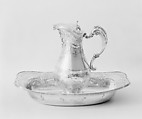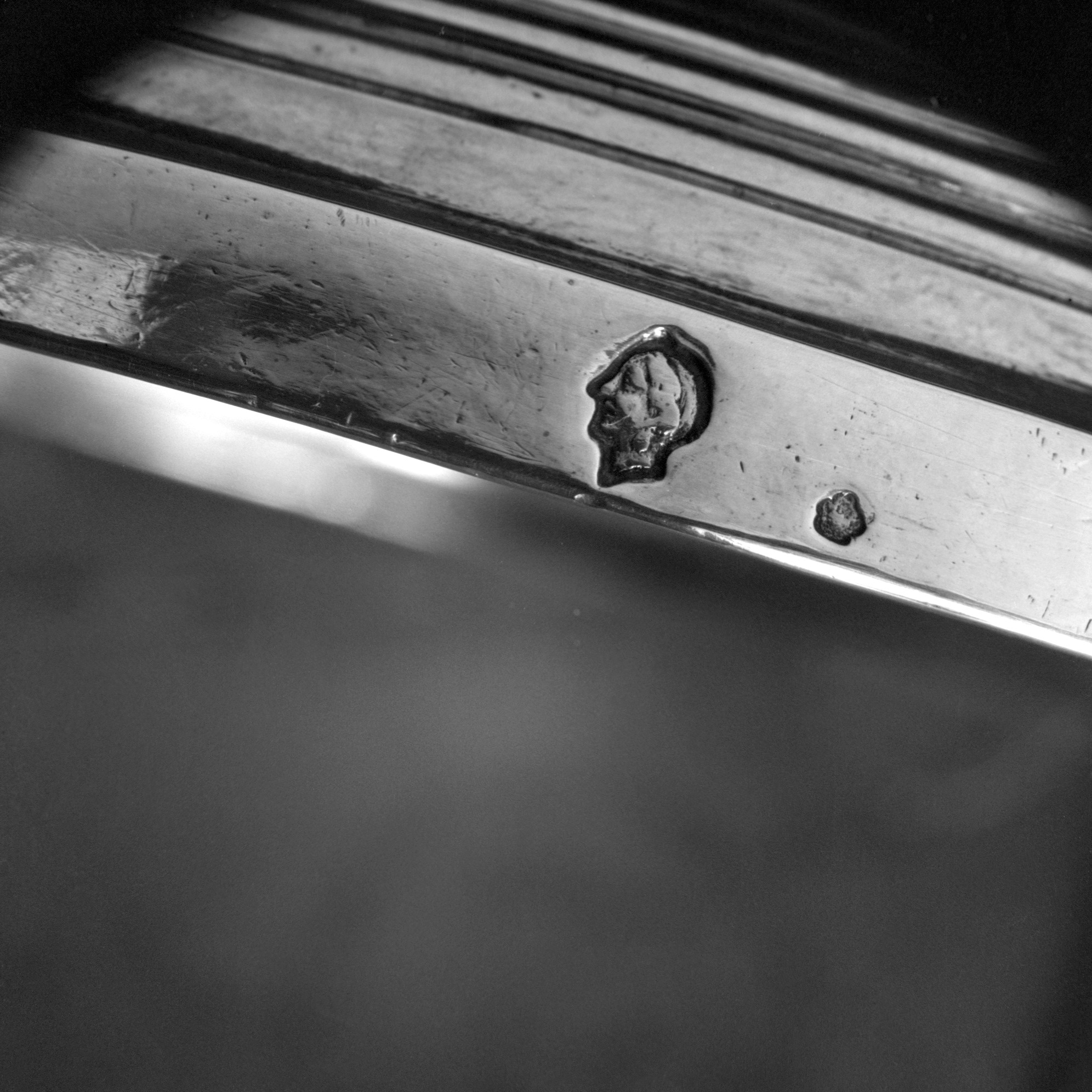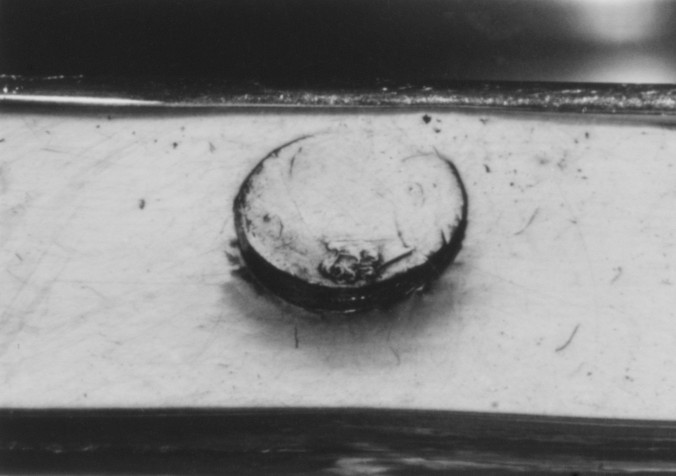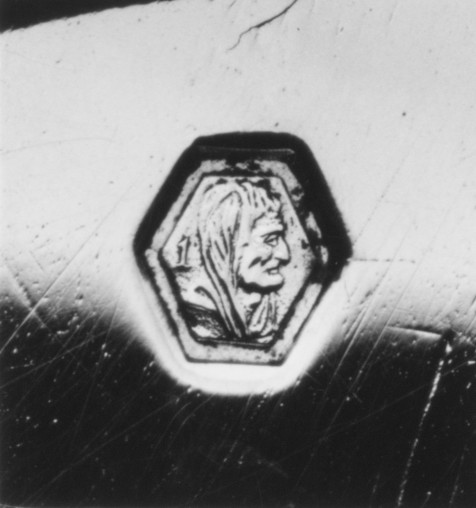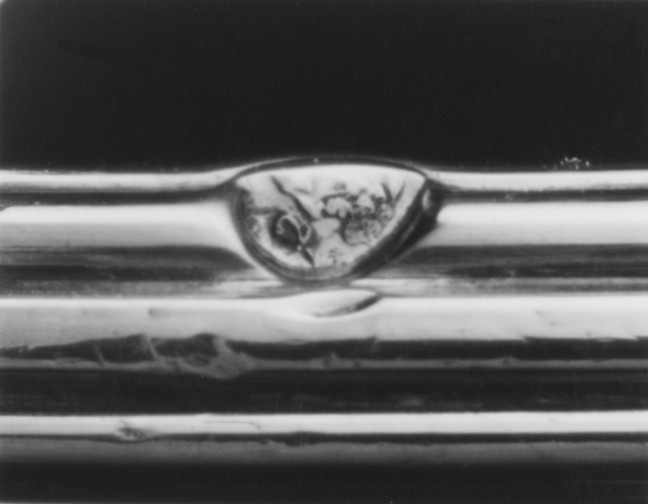Ewer and basin
Ewers and basins of this size were either part of dressing table services or were independent pieces. They were used for the daily grooming in the bedroom rather than for the rinsing of hands at the dining table or for display on the sideboard or tiered buffet. During the later seventeenth century and early eighteenth century, the silver toilet set evolved into one of the most fashionable luxury accessories and was an eloquent symbol of the owner’s social status.
A lidded ewer such as this one held warm scented water for washing the hands and face at the beginning of the toilet. Here, the decoration comprises rocailles typical of the period, with flowers in relief and swans alluding to the water contained in the ewer. The undulating lines of the neck of the ewer, its handle, and the profile of the basin as well as the curvilinear forms of the decorative motifs all reflect the influence of the Rococo style.
A remarkable variety of scented waters was available, many emphasizing a single floral note or derived from fruits, while others were more complex. Some had purported benefits such as removing smallpox scars with regular use, improving the memory or lifting the spirits.
Catherine D. Wentworth
Daughter of one of the founders of the Weyerhaeuser Timber Company, Catherine D. Wentworth (1865-1948) was an art student and painter who lived in France for thirty years. She became one of the most important American collectors of eighteenth-century French silver and on her death in 1948 bequeathed part of her significant collection of silver, gold boxes, French furniture and textiles to the Metropolitan Museum. The collection is particularly strong in domestic silver, much of it provincial, and includes a number of rare early pieces.
Due to rights restrictions, this image cannot be enlarged, viewed at full screen, or downloaded.
This artwork is meant to be viewed from right to left. Scroll left to view more.
